
Tó beehaz’áanii: Water Rights Unit still protecting, securing water rights for Diné Bikéyah
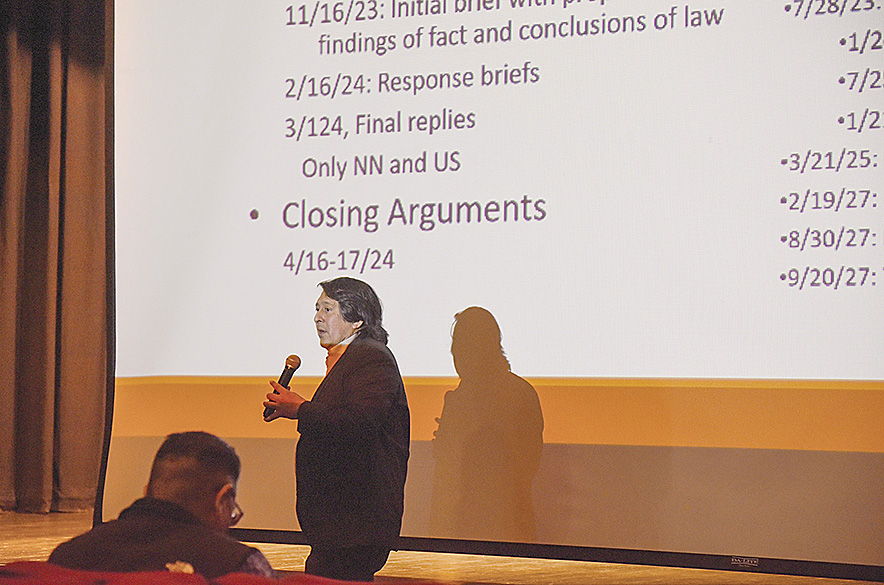
Navajo Times | Krista Allen
Department of Justice Water Rights Unit attorney MacArthur Stant talks about tribal water rights during a Monday morning presentation inside the Navajo Nation Museum’s auditorium in Window Rock.
WINDOW ROCK – The Navajo Nation Water Rights Commission and the Navajo Nation Department of Justice’s Water Rights Unit started the first of nine public education meetings on water rights.
The first meeting took place on Monday at the Navajo Nation Museum in Window Rock. Diné living in the Upper and Lower basins of the Colorado River should attend a meeting, according to the hosts.
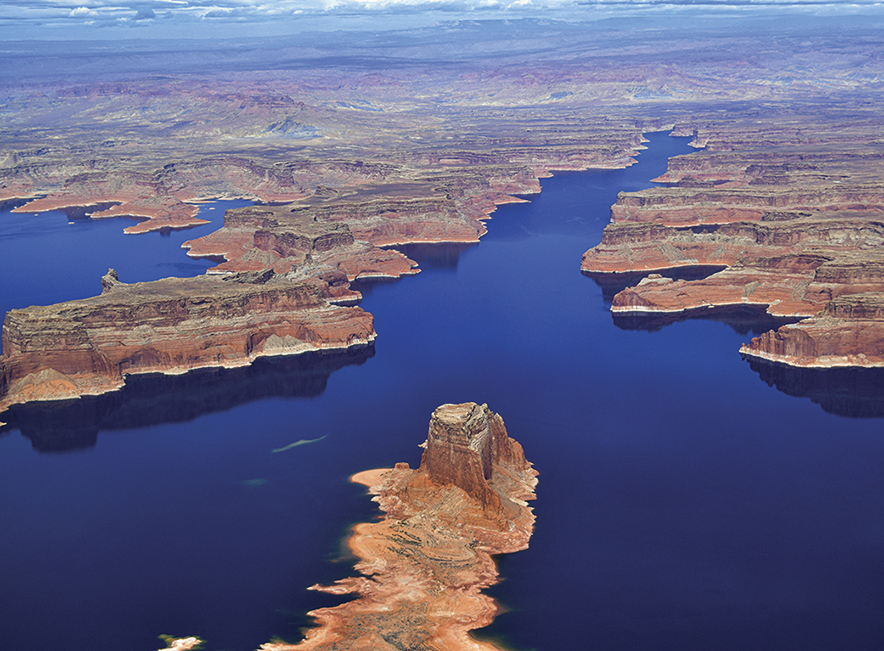
Navajo Times | Krista Allen
Lake Powell on the Colorado River near Wahweap Bay is seen from above in this file photo.
The Navajo Nation is part of a water rights settlement. According to former Speaker Lorenzo Bates, who was part of the initiative with the Navajo-Utah and New Mexico settlements, this “seems to be the biggest yet.” The Nygren Administration appointed Bates NNWRC’s Northern Agency commissioner.
“As indicated, this particular settlement we are pursuing is very, very important,” Bates said. “Arizona would do anything and everything to get as much water.”
Bates believes the Navajo Nation has not met a challenge yet as Hopi, in conjunction with the Nation, is pursuing its settlement.
Familiar with the process, Bates reiterates that Arizona Council delegates would need to stand together during this time just as the Utah and New Mexico delegates do.
Water rights
Michelle Espino, the Department of Justice Water Rights Unit’s assistant attorney general, said one reason for these education meetings is to inform the public of activities taking place in Arizona regarding water rights.
“Water Rights Unit is responsible for securing and protecting the water rights of the Navajo Nation,” Espino said.
The Navajo Nation is involved in three significant settlement discussions – two in New Mexico and one in Arizona. The Water Rights Unit cannot go into detail about the settlements because of confidential talks with all involved parties. The WRU wants to ensure that water settlement agreements are introduced to Congress. Espino said that is the hope as the U.S. election is this year. Espino said the WRU has supported increasing the Indian Water Rights settlement and funding across Indian Country.
“We’ve seen Congress appropriate hundreds of millions (or) billions of dollars toward this effort,” Espino said. “We all know a major election is coming up this year, so we don’t know what could potentially happen.”
Results from Congress, like the Navajo-Utah Water Rights Settlement Act, were approved in 2020, which recognized the water rights of the Navajo Nation in Utah. This authorized funding for water infrastructure development.
According to a May 27, 2022, Council press release, President Joe Biden signed a $1.2 trillion Infrastructure Investment and Jobs Act that allocated $2.5 billion to address the Indian water rights settlement. The Navajo-Utah project is in adjudication, baa hwiiníst’įįdgo bee nihoot’ą́, meaning a judicial process through which the existence of water rights is confirmed by court decree. It could take roughly another year or two to process, but implementation has begun.
“We want to jump on that train,” Espino said regarding settlement agreements to be arranged to incorporate water rights for current settlements in process.
The Navajo Nation has settled its claims for the San Juan River Basin Utah, and San Juan River Basin New Mexico.
The Gallup Water Supply Project is complete in adjudication and is currently under construction. The settlement is being implemented, and the project was determined to be underfunded.
“When the authorization occurred, the appropriation amount for the project was around $800 million,” Espino said. Because of inflation, the cost increased from $800 to $900 million, resulting in the project to be $2 billion.
The Navajo Nation has legislation for the Navajo Gallup Water Supply Project Amendment Act, which is currently in Congress.
“We’re hoping that gets passed sooner or later because the funding for the project that was approved before is about to run out in 2024,” Espino said. If it does not pass, there will be a pause in construction.
The U.S. has to complete that project to honor the settlement agreement that was introduced.
“We’re working day and night to get this work down,” Espino said.
Because of the confidentiality of discussions, information is retained, and little information is available.
“When the actual settlement becomes public, the plan is to have it go before the Navajo Nation Council for consideration and approval,” Espino said. “After the legislation is introduced, there is a public comment period and so you will be made aware when this proposed legislation is introduced.”
Read the full story in the Feb. 1, 2024, edition of the Navajo Times.

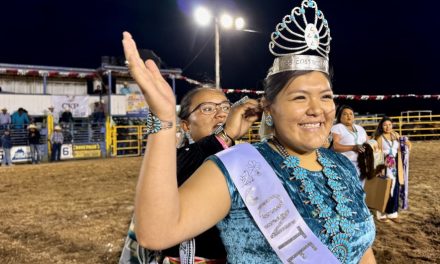
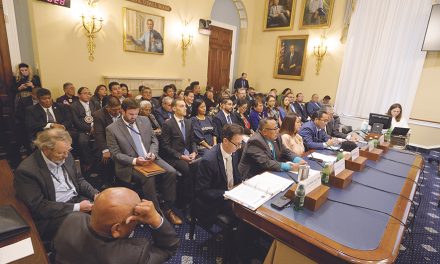



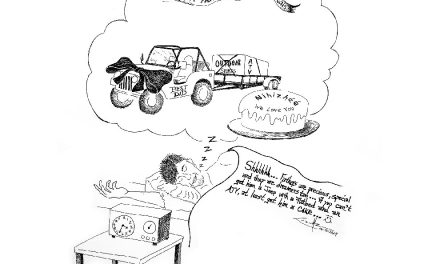


 Highway 264,
Highway 264, I-40, WB @ Winslow
I-40, WB @ Winslow